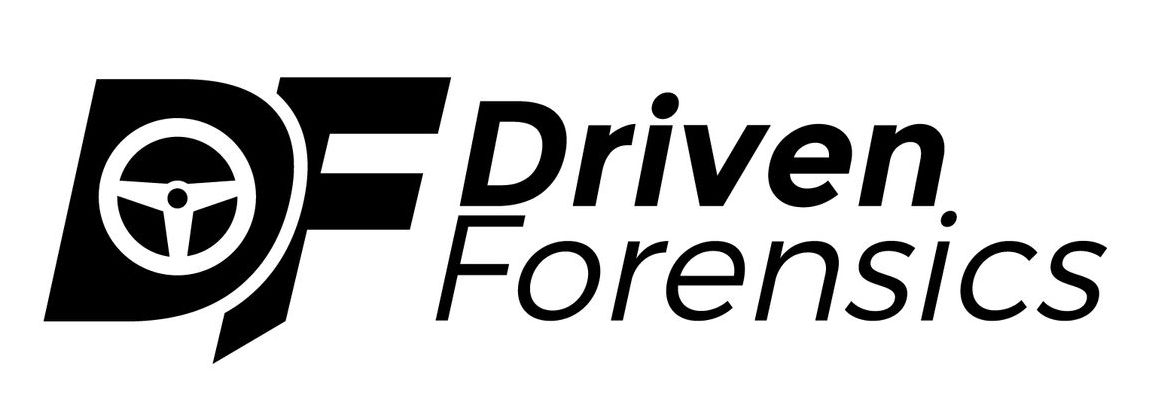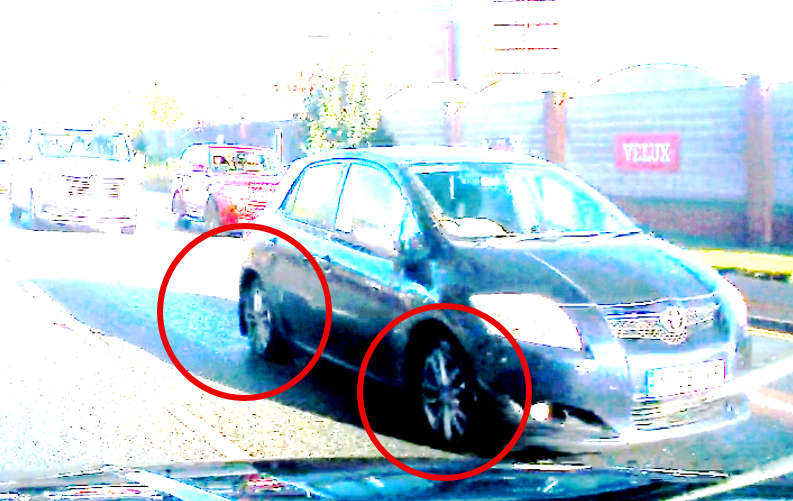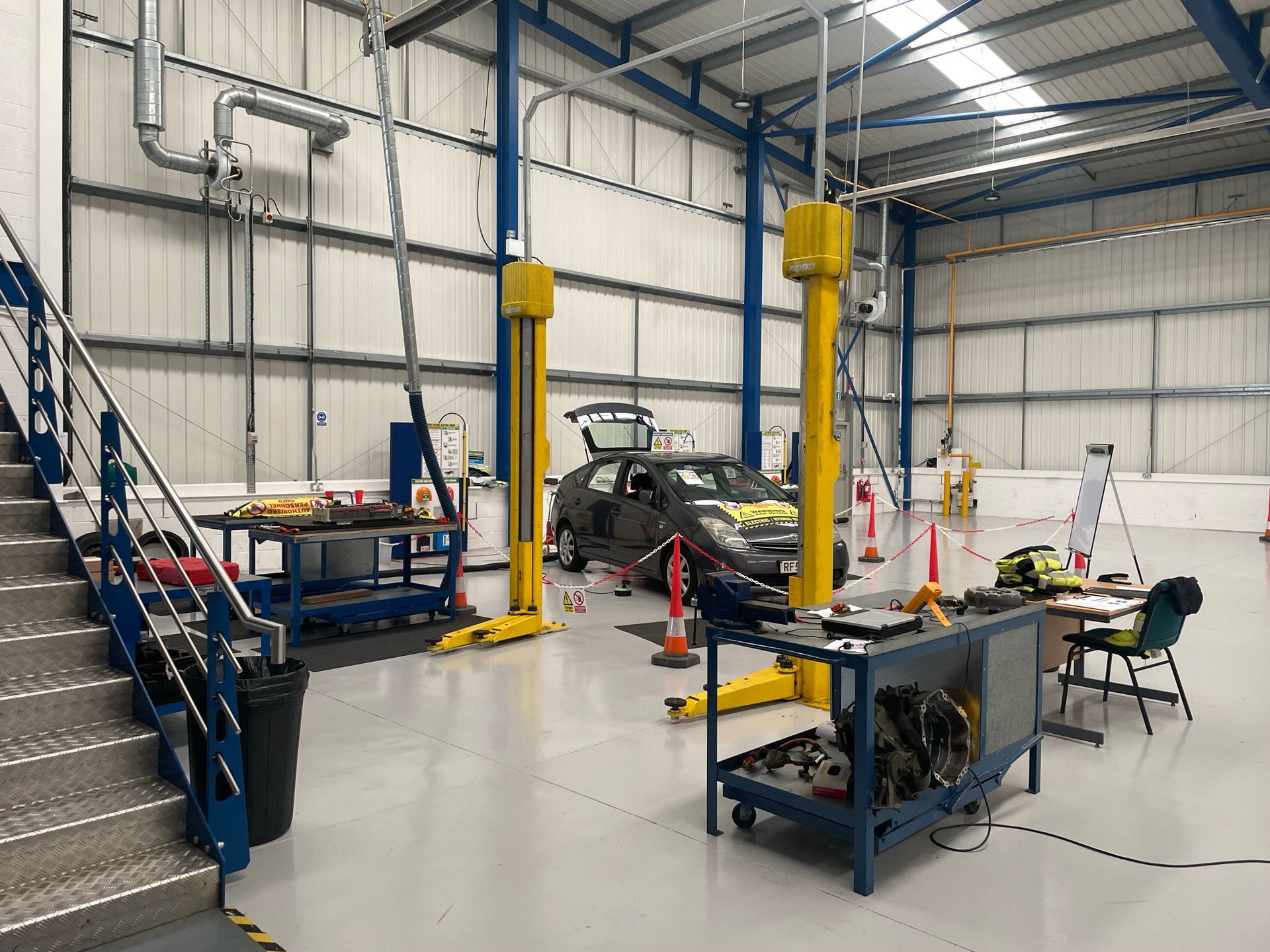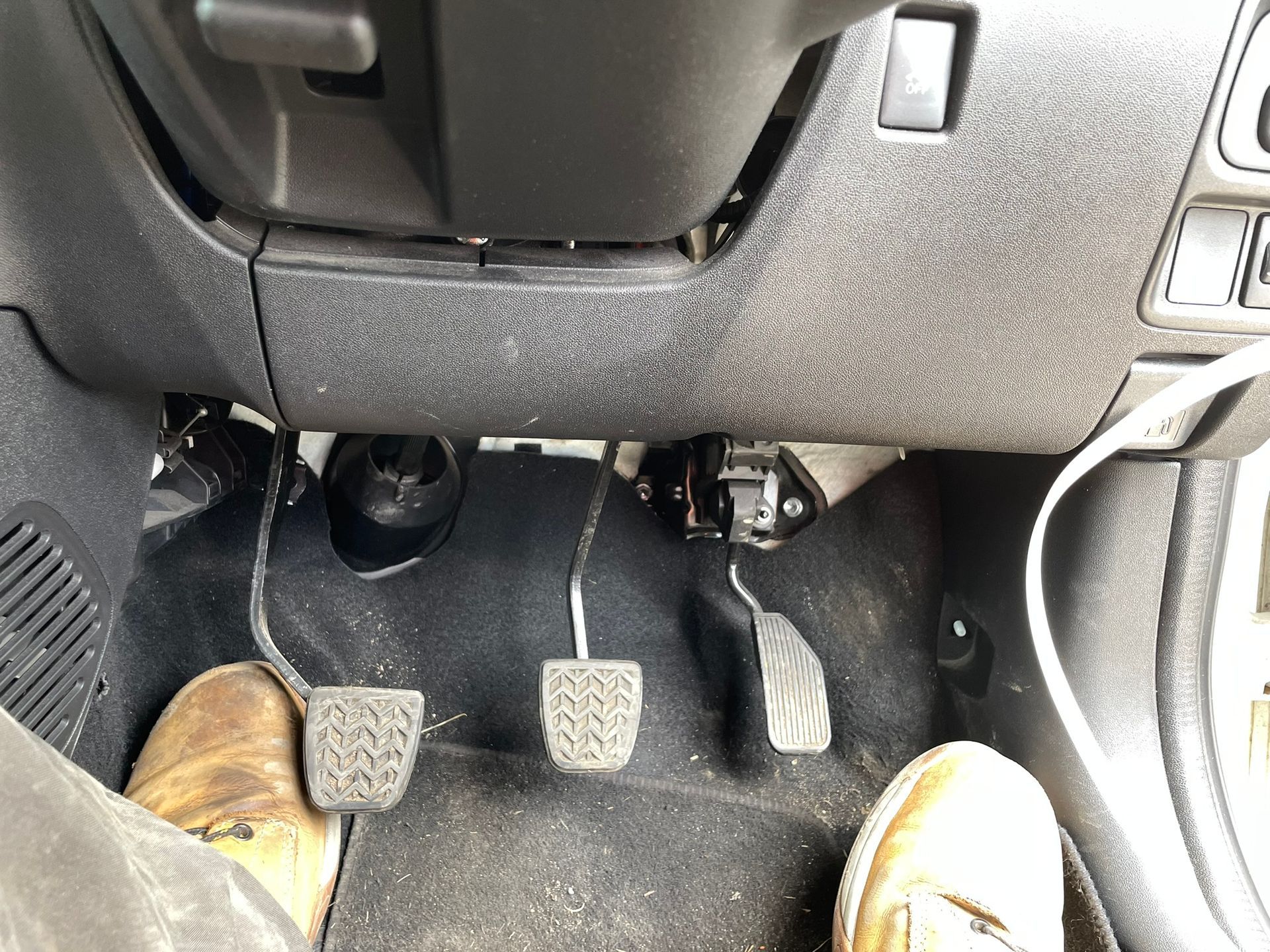The role of freeze frame data in insurance investigations
What is freeze frame data? When a car develops a fault, given the complexity of modern cars, diagnosing the problem without some form of assistance would be a costly and time consuming process.
Modern vehicles stored diagnostic trouble codes (DTCs) which provide a technician or mechanic with a starting point to determining what the cause of the fault might be. Some vehicles store freeze frame data, to accompany the DTC, which tells the technician what the vehicle was doing at the moment the vehicle faulted.
But how can that be used in insurance investigations?
Well, imagine a policyholder tells you that since the accident, they keep getting an injector fault. The presence of freeze frame data can often help you determine when the fault first occurred (either in mileage, time/date or ignition cycles).
Given the complexity of modern vehicles, it is becoming increasingly difficult to discount damage as not related to a collision purely because there wasn’t a direct connection between the collision and the damage, as all systems are interconnected.
Freeze frame data can be the key to determining when the fault first occurred. Where it pre-dates the collision, the claim is not valid, but equally important is that where the data supports it being collision related, you can honour your agreement with the policyholder.
As equally important as the data itself, is the interpretation. Incorrect interpretation can lead to costly mistakes, so make sure you select an expert with the appropriate expertise to accurately interpret the data.
To find out how we can help you access any freeze frame data that may exist, contact us at enquiry@drivenforensics.co.uk










